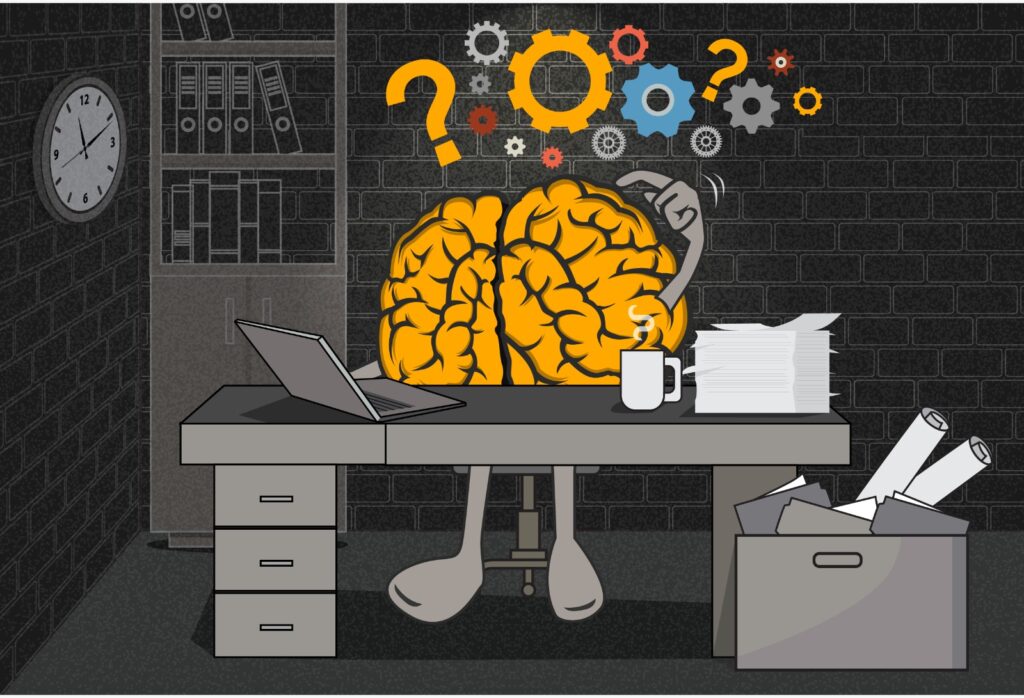
Many of the instruction methods and tips that I discuss in my books are “brain-based”, meaning that they are based on the brain’s needs as discovered through brain research.
Renate Nummela Caine and Geoffrey Caine, for example, identified basic patterns of how human beings learn through their brain research. They call these the Twelve Principles of Brain-Based Learning.
Here are 12 principles of brain-compatible learning that have emerged from brain research:
1. Uniqueness – Every single brain is totally unique and becomes more unique as we age.
2. A threatening environment or stress can alter and impair learning and even kill brain cells.
3. Emotions are critical to learning – They drive our attention, health, learning, meaning, and memory.
4. Information is stored and retrieved through multiple memory and neural pathways that are continually being formed.
5. All learning is mind-body – Movement, foods, attention cycles, drugs, and chemicals all have powerful modulating effects on learning.
6. The brain is a complex and adaptive system – Effective change involves the entire complex system.
7. Patterns and programs drive our understanding – Intelligence is the ability to elicit and to construct useful patterns.
8. The brain is meaning-driven – Meaning is more important to the brain than information.
9. Learning is often rich and non-conscious – We process both parts and wholes simultaneously and are affected a great deal by peripheral influences.
10. The brain develops better in concert with other brains – Intelligence is valued in the context of the society in which we live.
11. The brain develops with various stages of readiness.
12. Enrichment – The brain can grow new connections at any age. Complex, challenging experiences with feedback are best. Cognitive skills develop better with music and motor skills.
From Special Needs in the General Classroom: Strategies That Make It Work

